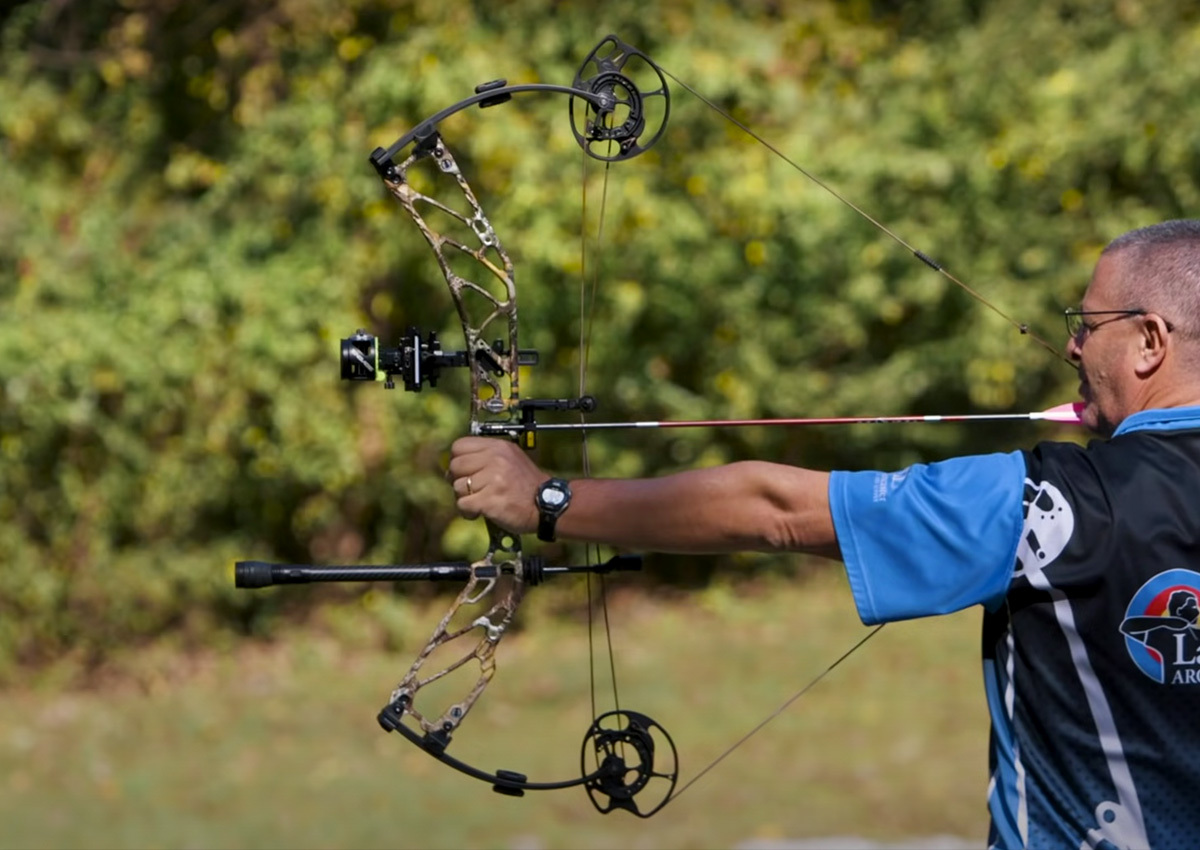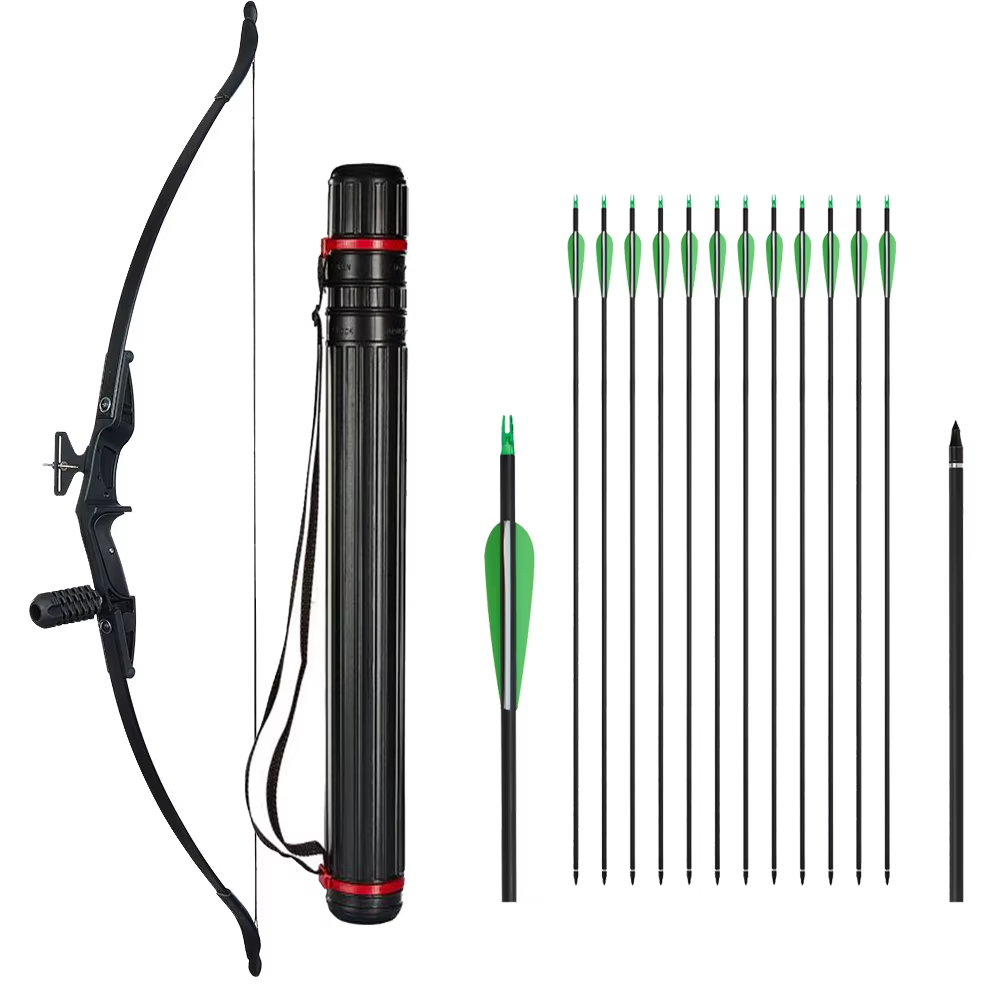Release Your Complete Prospective with the most up to date Bow Stabilizer Innovations
Wiki Article
Maximize Your Archery Precision With These Bow Stabilizer Strategies
One crucial component that can substantially affect your efficiency is the proper use of bow stabilizers. Whether you are a skilled archer looking to refine your skills or a newcomer eager to improve your accuracy, mastering these bow stabilizer methods might be the secret to striking your mark with unmatched consistency.Benefits of Making Use Of Bow Stabilizers
Utilizing bow stabilizers can dramatically boost an archer's accuracy and general performance by reducing bow torque and vibration. Bow torque, triggered by the unequal distribution of weight in the bow, can lead to incongruities in shot positioning. By affixing a bow stabilizer, the weight is rearranged, lowering the effects of torque and aiding the archer accomplish a more regular shot. Additionally, bow stabilizers wet vibration, which not only boosts the convenience of capturing yet likewise avoids the bow from jumping upon release, thus assisting in preserving proper goal.Furthermore, bow stabilizers can help in holding the bow consistent, especially during windy problems or when firing from longer distances. The added weight at the front of the bow provides stability and equilibrium, enabling the archer to concentrate on aiming without the diversion of bow motion. In general, the benefits of making use of bow stabilizers expand beyond simply precision, improving the archer's experience and performance in different shooting circumstances.
Selecting the Right Bow Stabilizer
Picking the suitable bow stabilizer is crucial for enhancing your archery tools and enhancing shooting efficiency. Much heavier stabilizers can assist lower bow torque and soak up even more vibration, leading to a steadier goal.
Last but not least, think about the layout of the stabilizer. Some stabilizers feature adjustable weights or dampeners that allow you to customize the equilibrium and feeling of your bow. Inevitably, choosing the appropriate bow stabilizer entails finding a balance in between weight, length, design, and material to boost your capturing accuracy and general performance.
Proper Installment Strategies
To make certain optimal efficiency and safety and security in archery, understanding appropriate setup strategies for your bow stabilizer is necessary. The first step in installing a bow stabilizer is to determine the correct placement on your bow.Following, firmly affix the stabilizer to the bow using the suitable placing equipment. Some stabilizers come with flexible weights that can be added or eliminated to fine-tune the balance of your bow.

Readjusting Stabilizer Weight and Size
After guaranteeing the proper installment of your bow stabilizer, the next action involves readjusting the weight and length to enhance its performance in boosting archery precision. The weight of the stabilizer plays a critical role in lessening bow motion throughout the shot cycle.When it involves stabilizer size, locating the ideal balance is vital. A longer stabilizer can supply better stability by raising the distance between the bow and the weight Get More Info at the end of the stabilizer. This added distance boosts the stabilizing impact, specifically in windy conditions or when shooting at longer ranges. Alternatively, a much shorter stabilizer uses more maneuverability and may be liked by archers that value dexterity and fast activities throughout capturing.
Advanced Stabilizer Tuning Tips
Achieving optimum bow stability and accuracy in archery demands a nuanced strategy to sophisticated stabilizer adjusting. Advanced stabilizer tuning entails fine-tuning different elements to enhance the bow's equilibrium, reduce resonance, and improve general precision. One essential strategy is to explore various stabilizer setups, consisting of side-bar and back-bar setups, to discover the optimal equilibrium between security and ability to move for your shooting design. bow stabilizer. Additionally, adjusting the angle and positioning of the stabilizer can have a substantial effect on exactly how the bow reacts upon release.An additional vital facet of advanced stabilizer tuning is maximizing the damping properties of the stabilizer system. This can be see it here accomplished by including added wetting devices such as rubber dampeners or harmonic stabilizers to even more decrease resonance and sound. Discovering various products for the stabilizer building and construction, such as carbon fiber or light weight aluminum, can additionally affect the bow's efficiency by modifying its weight distribution and stiffness. By carefully tweak these sophisticated stabilizer aspects, archers can maximize their accuracy and consistency useful source on the range or in competition.
Conclusion
In conclusion, making the most of archery precision can be accomplished through the proper choice, installation, and modification of bow stabilizers. In general, including bow stabilizers into archery technique can lead to enhanced efficiency and enhanced precision.Using bow stabilizers can dramatically improve an archer's precision and general efficiency by reducing bow torque and resonance. Longer stabilizers give higher stability and equilibrium, particularly for long-distance capturing, while shorter stabilizers provide even more flexibility and are simpler to navigate in limited spaces (bow stabilizer). Carbon fiber stabilizers are lightweight and long lasting, while light weight aluminum stabilizers are durable and provide exceptional resonance wetting
A longer stabilizer can offer higher security by raising the distance between the bow and the weight at the end of the stabilizer.One more critical element of advanced stabilizer tuning is optimizing the damping homes of the stabilizer system.
Report this wiki page